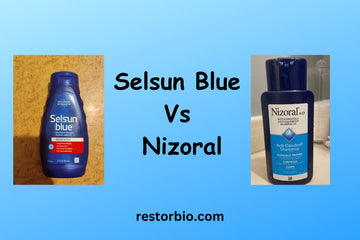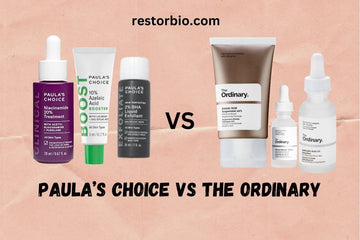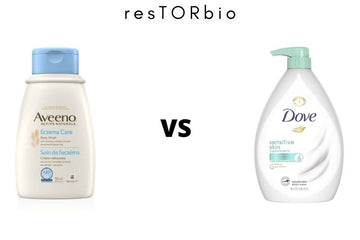
Accidents happen, and sometimes that means spilling nail polish remover on a cherished wooden surface.
Understanding the importance of addressing such spills promptly can save your wood from permanent damage.
Step-by-Step Guide to Removing Nail Polish Remover from Wood
Step 01: Immediate Action
- Blotting the spill: Using a soft cloth, gently blot the spill to absorb as much of the liquid as possible.
- Avoiding rubbing: It's crucial not to rub or spread the liquid, as this can cause further damage.
Step 02: Assessing the Damage
- Checking the type of wood finish: Different finishes react differently to chemicals. Determine if your wood has a lacquer, varnish, or oil finish.
- Extent of the damage: Some spills may only affect the surface, while others might penetrate deeper, affecting the wood's integrity.
Step 03: Choosing the Right Cleaning Solution
- Natural solutions: Vinegar and lemon juice are mild acids that can help neutralize the alkalinity of the nail polish remover.
- Commercial wood cleaners: These are specially formulated to clean without damaging the wood.
Step 04: Gentle Cleaning
- Using a soft cloth: Always use a soft cloth to avoid scratching the wood.
- Applying the cleaning solution: Apply your chosen cleaning solution in a circular motion, following the grain of the wood.
Step 05: Rinsing and Drying
- Using a damp cloth: After cleaning, use a damp cloth to remove any cleaning residues.
- Drying: Ensure the area is thoroughly dried to prevent moisture damage.
Step 06: Restoring the Wood Finish
- Sanding: If the finish is damaged, you might need to sand the affected area gently.
- Applying a matching finish: Once sanded, apply a matching wood finish or polish to restore the wood's natural beauty.
Best Practices for Preventing Future Spills
When it comes to preserving the beauty and integrity of wooden surfaces, prevention is always better than cure.
One of the most common culprits that can mar the finish of wood is nail polish remover.
Here are some best practices to ensure that such accidents are minimized:
Protective Barriers:
Before starting any manicure or nail-related activity on wooden surfaces, it's essential to lay down a protective barrier.
This could be a thick cloth, a plastic sheet, or a specialized manicure tray.
The idea is to have a layer between the potentially damaging substance and the wood like a carpet. It is cost effective cleaning carpet than cleaning the valuable wood floor.
This not only prevents direct contact but also makes cleanup easier in case of any spills.
Secure Storage:
Nail polish remover, especially those containing acetone, can be quite aggressive on wood finishes.
Hence, it's crucial to store these containers securely.
Ensure that the lids are tightly closed to prevent any accidental spillage.
Also, placing these containers in a high cabinet or a drawer with a lock can prevent unintentional access, especially if there are children in the house.
Caution: Always exercise caution when using nail polish remover near wooden furniture or floors. It's easy to become complacent, especially if you've never had an accident before.
But all it takes is one spill to cause significant damage.
If possible, avoid using nail polish remover in rooms with wooden floors or near valuable wooden furniture.
Alternative Methods
In case of an unfortunate spill, there are alternative methods to the traditional cleaning techniques that can be employed:
Specialized Wood Cleaning Products:
The market today offers a range of specialized wood cleaning products designed specifically for such incidents.
These products are formulated to tackle tough stains like nail polish remover without harming the wood's finish.
They often contain gentle solvents that dissolve the stain without affecting the underlying wood.
Always read the label and follow the manufacturer's instructions when using these products.
Professional Help:
If the spill has caused severe damage or if the affected area is large, it might be best to seek professional help.
Wood restoration experts have the tools, products, and expertise to restore the wood to its former glory.
They can assess the damage, recommend the best course of action, and carry out the restoration work.
This ensures that the wood is not only cleaned but also protected from future incidents.
Frequently Asked Questions (FAQs)
1. Can I use nail polish remover to clean wood?
No, nail polish remover, especially those containing acetone, can damage wood finishes.
2. How can I restore the shine of my wood after cleaning?
Applying a wood polish or finish can help restore the shine.
3. Are there any wood finishes that are resistant to nail polish remover?
While no finish is entirely resistant, oil-based finishes tend to be more resilient than lacquer or varnish.
Conclusion
Addressing nail polish remover spills on wood promptly is crucial to prevent lasting damage.
By following the steps outlined above and adopting preventive measures, you can ensure the longevity and beauty of your wooden surfaces.




